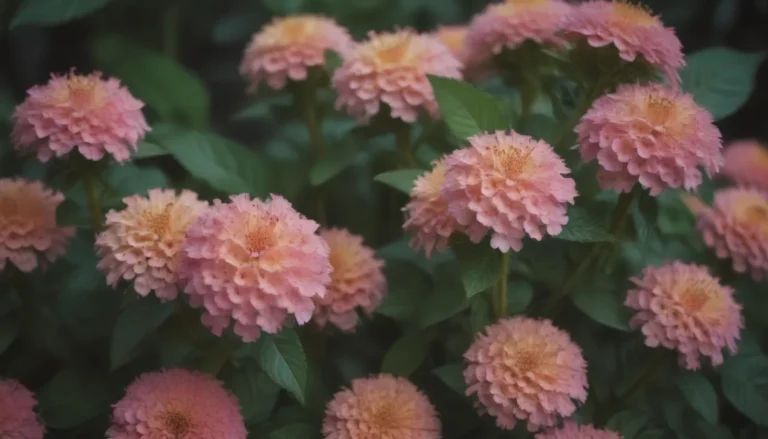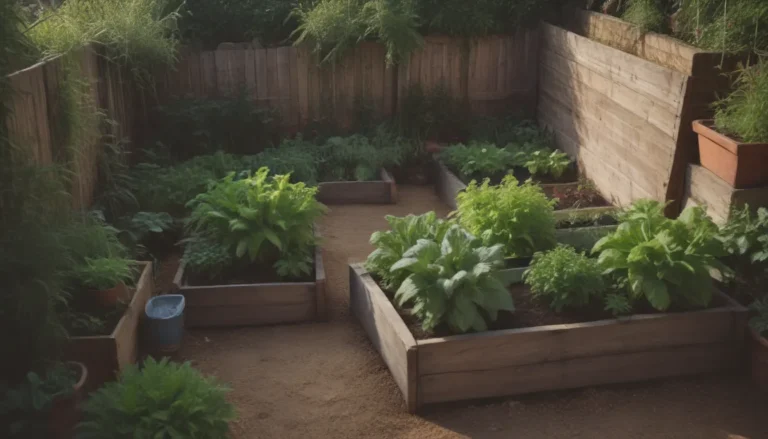A Comprehensive Guide to Growing and Caring for Blue-Eyed Grass

Are you looking to add a beautiful, native North American perennial to your garden? Blue-eyed grass (Sisyrinchium angustifolium) might just be the perfect plant for you. Despite its name, blue-eyed grass is not a true grass at all. This clump-forming plant belongs to the iris family and produces stunning clusters of blue-violet flowers with yellow eyes in the spring. If you’re interested in introducing this lovely plant to your garden, you’re in luck – blue-eyed grass is relatively easy to grow and care for.
In this comprehensive guide, we will walk you through everything you need to know about growing and caring for blue-eyed grass. From planting to propagation, we’ll cover it all. So grab your gardening gloves and let’s get started!
Planting Blue-Eyed Grass
Blue-eyed grass is typically planted from potted nursery starts in the spring, or you can choose to grow it from seeds directly sown in the garden during the fall or started indoors in late winter. While it is a relatively fast-growing plant, it may take up to two seasons to flower if planted from seeds. To ensure successful growth, consider the following planting tips:
– Plant several specimens to allow for cross-pollination and seed production.
– Choose a location with moist, well-drained soil for optimal growth.
– Divide blue-eyed grass every two or three years to rejuvenate the plant.
Blue-Eyed Grass Care
Taking care of blue-eyed grass is a breeze, as it is generally not bothered by insects or diseases. Deer typically tend to leave it alone, making it a low-maintenance addition to your garden. Here are some care tips to keep your blue-eyed grass thriving:
– Light: Blue-eyed grass thrives in full sun, though it can tolerate light shade.
– Soil: This plant prefers poor to average soil with good drainage and a slightly acidic to neutral pH.
– Water: Blue-eyed grass does best in moist soils, so be sure to water it regularly, especially during dry, hot periods.
– Fertilizer: Avoid using chemical fertilizers, as blue-eyed grass prefers poor soil conditions.
Types of Blue-Eyed Grass
In addition to the species plant, blue-eyed grass, there are other popular native species in the Sysyrinchium genus that you may consider for your garden:
– S. striatum
– S. bellum
– S. mucronatum
– S. campestre
Propagating Blue-Eyed Grass
If you want to propagate new blue-eyed grass plants, consider dividing root clumps every two or three years. You can also transplant self-seeded volunteer plants to expand your garden’s blue-eyed grass population.
How to Grow Blue-Eyed Grass From Seed
If you prefer starting blue-eyed grass from seeds, ensure they undergo cold moist stratification for successful germination. Seeds can be scattered in the fall or started indoors in late winter for a head start. Be patient, as plants grown from seeds may take up to two seasons to flower.
Overwintering
Blue-eyed grass is a hardy plant that requires minimal winter protection. Consider cutting down the plants after flowering to prevent self-seeding, or leave the seed heads in place to attract birds.
Maximizing Flower Production
To ensure your blue-eyed grass produces an abundance of flowers, provide plenty of sun and moisture. Be mindful of these elements to promote maximum flower production.
Common Problems and Solutions
While blue-eyed grass is generally easy to care for, keep an eye out for root rot, which can occur if the soil is too moist. Avoid mulching too close to the plants to prevent moisture-related issues.
Blue-eyed grass may not be the showiest plant in your garden, but its naturalizing habit makes it a favorite among native plant enthusiasts. It is a great option for moist, sunny areas like rain gardens, meadows, and woodland gardens. By following these tips, you can enjoy a patch of blue-eyed flowers for years to come.
In conclusion, blue-eyed grass is a beautiful and low-maintenance plant that can add a touch of native charm to your garden. Whether you’re a gardening enthusiast or a newcomer to the world of plants, growing and caring for blue-eyed grass can be a rewarding experience. So go ahead, plant some blue-eyed grass in your garden and watch as it brightens up your outdoor space with its lovely blue-violet flowers. Happy gardening!





